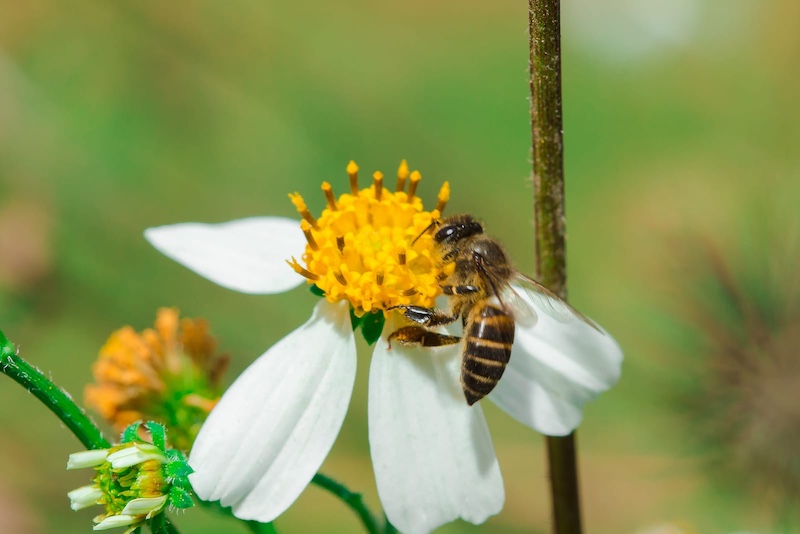Bees play a vital role in our ecosystem, particularly in pollinating flowers, fruits, and vegetables. By attracting bees to your garden, you’re supporting biodiversity and boosting plant health. If you want to make your garden a bee-friendly oasis, here are 10 of the best ways to attract these important pollinators.
1. Plant Bee-Friendly Flowers
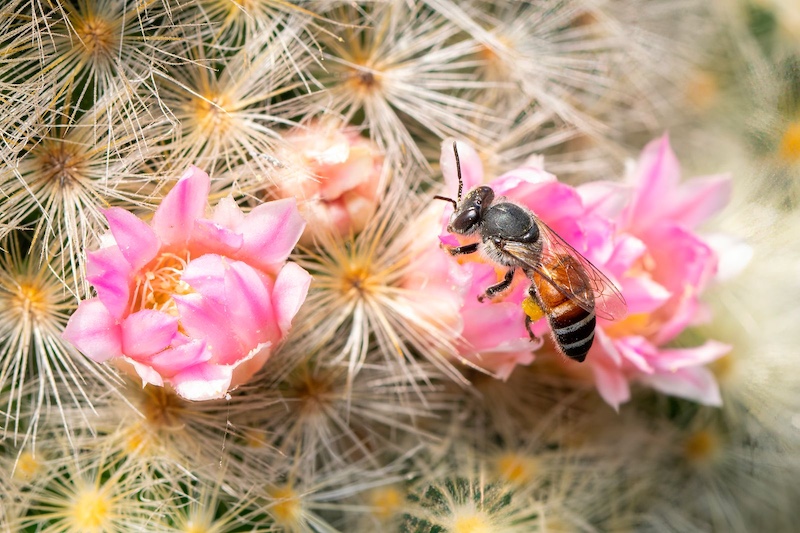
The easiest way to attract bees is by planting flowers that are rich in nectar and pollen. Bees love bright, fragrant blooms like lavender, sunflowers, daisies, and zinnias. Choose plants with single, open petals, which make it easier for bees to access the nectar. Native flowers, which are adapted to the local environment, are particularly attractive to native bee species.
2. Choose a Variety of Plants
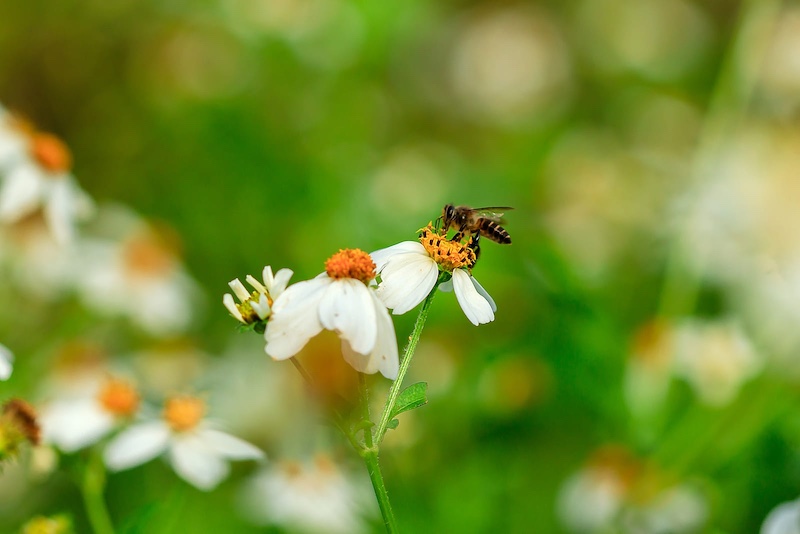
Bees need a constant source of food throughout the growing season, so plant a variety of flowers that bloom at different times of the year. Early-blooming plants like crocuses provide nectar when bees emerge from hibernation, while late bloomers like asters and sedum ensure bees have food before winter.
3. Avoid Pesticides

Chemical pesticides can be harmful to bees, sometimes killing them or interfering with their ability to navigate. Opt for organic pest control methods, such as using natural predators (like ladybugs) or planting pest-repelling plants like marigolds and garlic. If you must use a pesticide, choose bee-friendly options and apply them in the evening when bees are less active.
4. Provide a Water Source
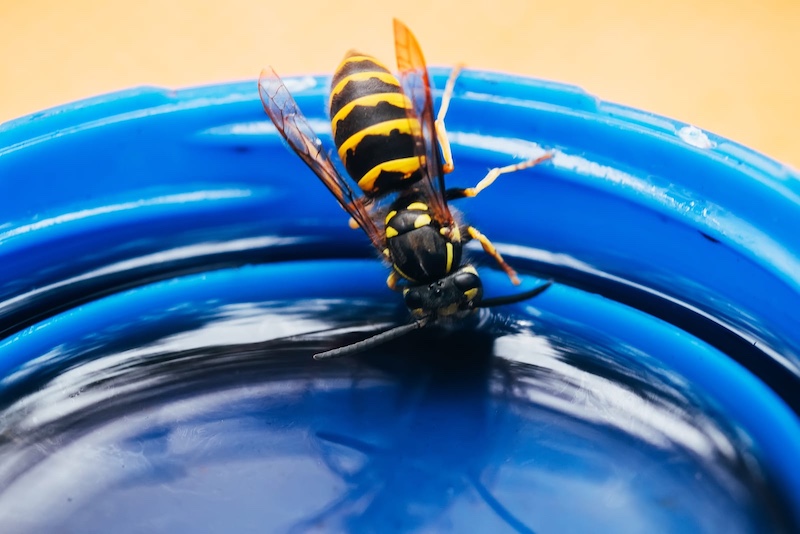
Bees need water, especially during hot summer days. Add a shallow birdbath or a small dish with water to your garden. Include stones or floating pieces of wood so the bees have a safe place to land while drinking.
5. Build a Bee Hotel
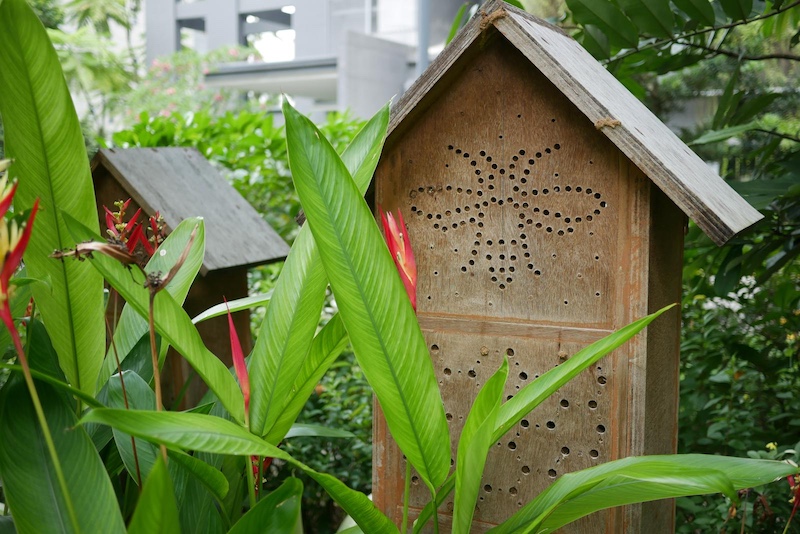
In addition to honeybees, there are many species of solitary bees that nest in hollow stems or small holes. You can attract these bees by building a “bee hotel” or purchasing one from a garden center. Simply place it in a sunny, sheltered area in your garden, and watch as solitary bees take up residence.
6. Let Some Plants Go to Seed

While we may prune and deadhead plants to keep them tidy, letting some flowers go to seed provides a valuable food source for bees. Herbs like cilantro, fennel, and dill are particularly attractive to bees when they flower and set seed.
7. Plant Trees and Shrubs
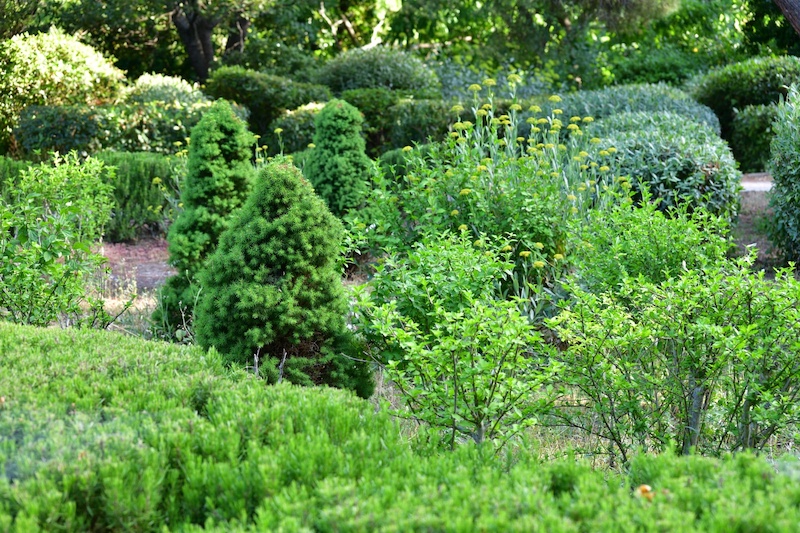
While flowers are important, many bees also gather nectar from flowering trees and shrubs. Plants like apple trees, blueberry bushes, and holly provide not only food for bees but also shelter. These larger plants can serve as a critical food source when smaller flowers aren’t blooming.
8. Keep a Wildflower Area
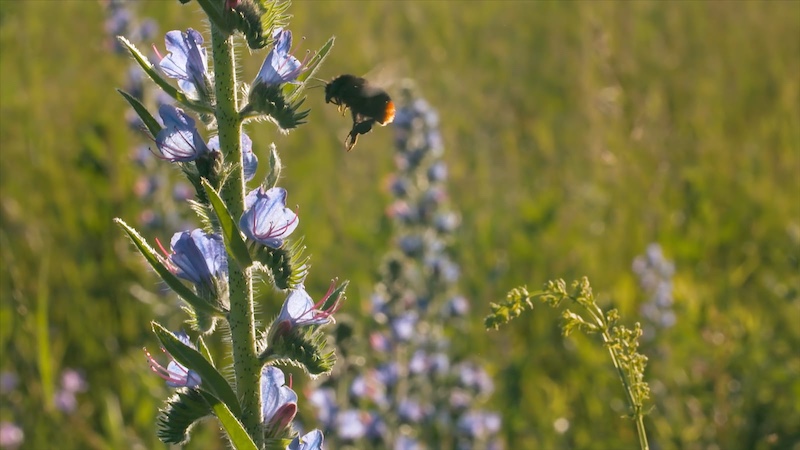
If you have space in your garden, let part of it grow wild with native wildflowers. This helps mimic the bees’ natural habitat and provides an ongoing source of pollen and nectar. Wildflowers such as clover, yarrow, and milkweed are favorites for bees.
9. Create Sheltered Spots
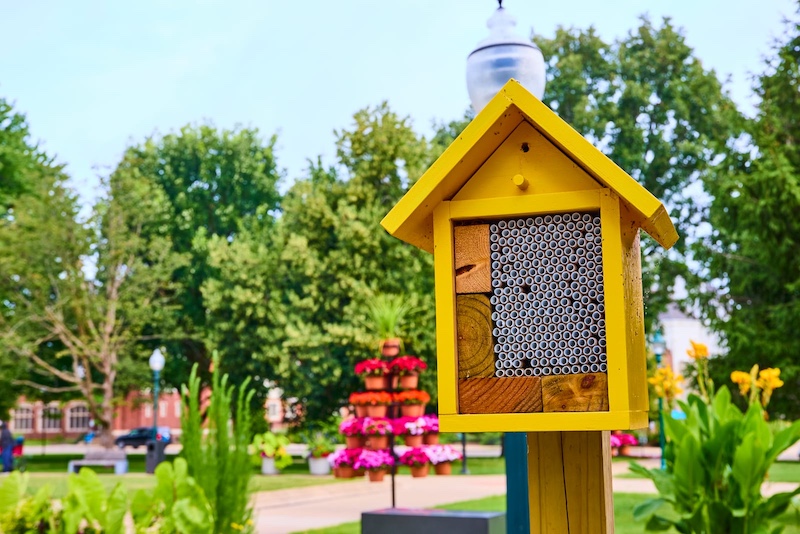
Bees prefer sunny areas sheltered from the wind. Plant taller plants or hedges to protect the bees from strong winds. Additionally, bees often seek out sunny spots to warm up in the morning, so place your flowers and bee-friendly features in well-lit areas.
10. Grow Herbs for Bees
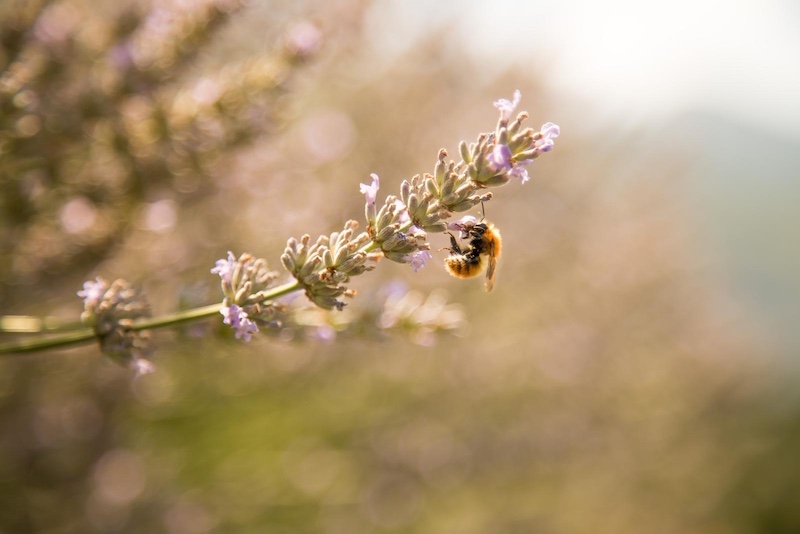
Many herbs are excellent for attracting bees to your garden. Plants like thyme, mint, oregano, and rosemary produce fragrant flowers that are rich in nectar. Plus, these herbs are great for culinary use, making them a win-win for both you and the bees. Please Note: This content was created with the assistance of AI and thoroughly edited by a human before publishing.

